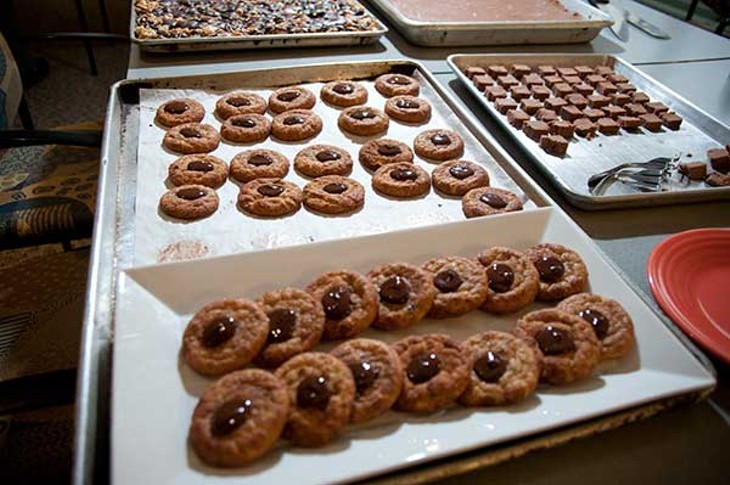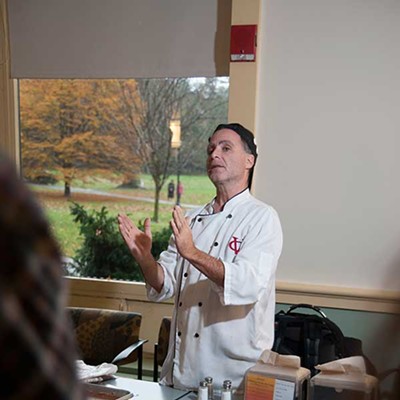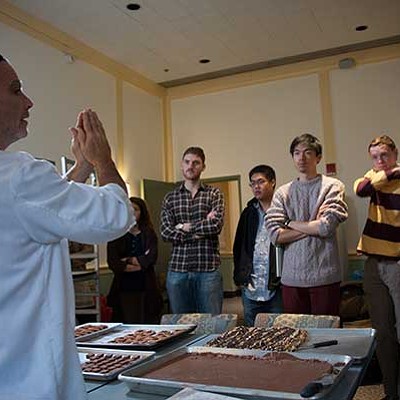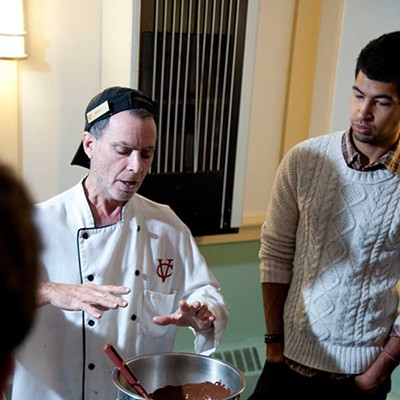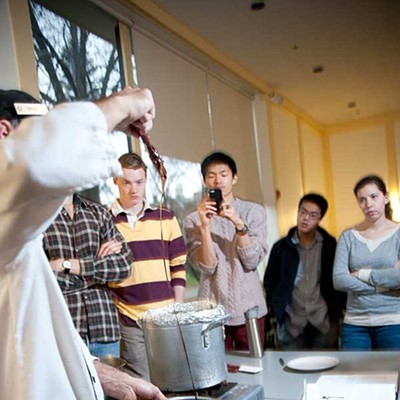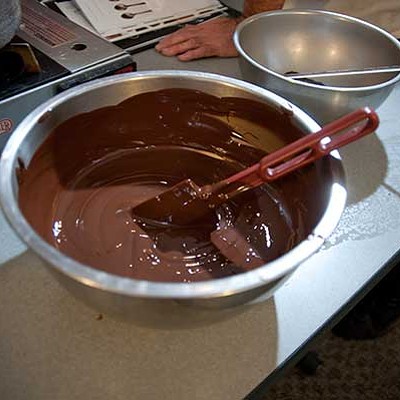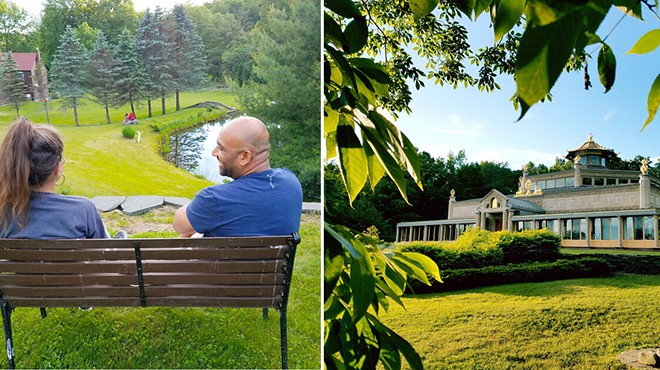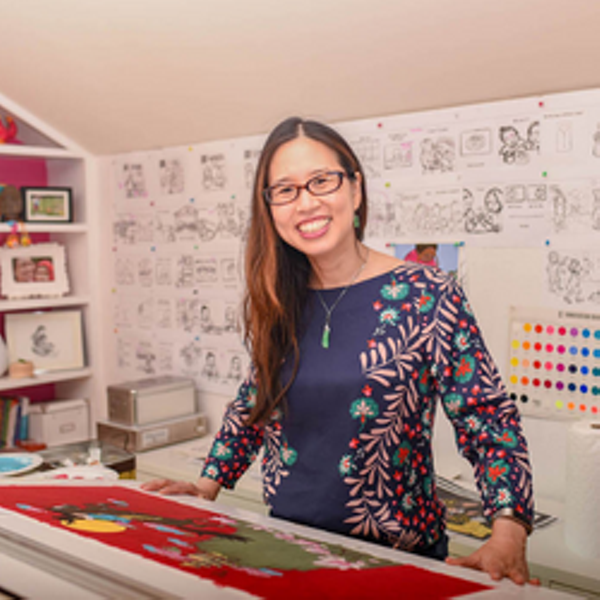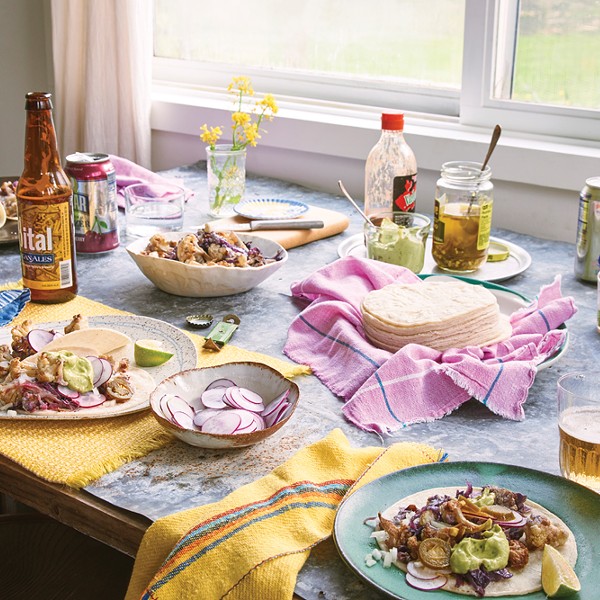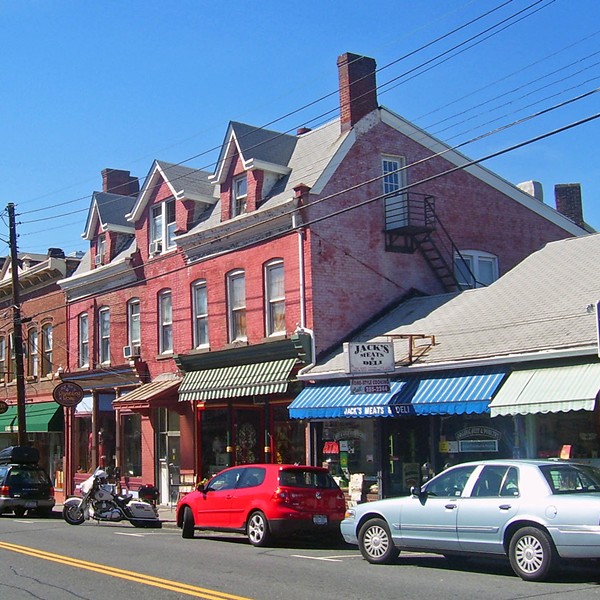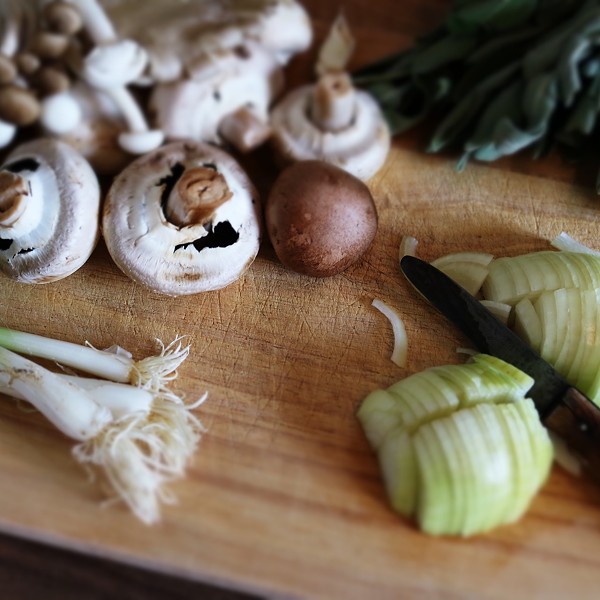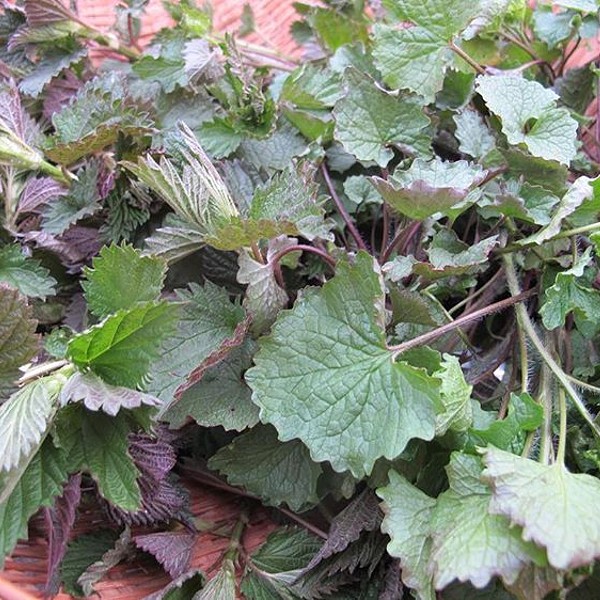
This past October saw the release of Nathan Myhrvold and Maxime Bilet's Modernist Cuisine at Home (The Cooking Lab, 2012), the abridged and simplified version of last year's five-volume, 2,400-page, 40-pound behemoth Modernist Cuisine. While the original is a virtuosic and comprehensive compendium of current scientific cooking knowledge, dizzying in its depth, detail, and complexity, the new volume dispenses with the expensive gadgetry and exotic ingredients that place the big book firmly in the realm of pornography for most people and focuses instead on useful and feasible techniques for home cooks. While nongeeks may still scoff or balk at the book, there is no disputing the fact that an understanding of basic scientific principles can make you a dramatically better cook and deepen your understanding of food.
It is with that truth in mind that Miriam Rossi and David Jemiolo, both science teachers at Vassar College, created The Culture and Chemistry of Cuisine, a course that fills up quickly every fall. Though it's technically a science class, it has no prerequisite so that students from any major can take it. Rossi is the Mary Landon Sague Professor of Chemistry, and Jemiolo is an Associate Professor of biology. Jemiolo explains that "Our philosophy is the enjoyment of food, but learning more than you would from just a recipe." Rossi continues: "Vassar is a liberal art school, so lots of students are afraid of science. Our goal is to overcome that, especially given how important technology is in our lives now."
A recent class met in a room off the dining hall where many of the lab sessions take place. (Some labs take place in an actual science lab, but nothing made there can be eaten). This class focused on chocolate, specifically tempering it—melting and cooling it so it hardens to a shiny, smooth finish—and featured Brad Goulden, Vassar's pastry chef, who has extensive knowledge of the subject and an infectious passion for sharing it. "Carbon is simple," he begins, "and if you put a lot of it together, you get graphite" like in pencil leads. "Press it with enormous force, though [so the atoms all align] and what do you get? A diamond." This principle manifests enticingly in a big bowl of melted chocolate that he stirs and pours off his spatula in a shimmering ribbon. By melting the chocolate, then "seeding" and cooling it with chips from the bag (which are already tempered) and then warming it back up to around body temperature, Goulden creates a liquid chocolate in which the cocoa butter crystallizes into one out of six possible sizes: the one that cools to a hard, glossy shell and melts in your mouth. Students carefully dunk cubes of fudge into the bowl using bent forks, gingerly lay them out on a sheet pan to cool, and then eat them all while they're still warm.
Food Science
Besides the sweet side of polymorphous crystallization, the class offers examples of fermentation (cheese, bread, and vinegar), leavening (yeast and chemical), and the behavior of starches, sugars, fats, and proteins under all sorts of culinary conditions. Some of these facts are common knowledge: Eggs poached in water with a little vinegar hold their shape better. "It's in Julia Child's recipe, so we set up an experiment," says Jemiolo. Groups of students poached eggs in water with salt, vinegar, both, and neither, and studied the results. "What happens is the proteins in the egg whites are less soluble in acid, so it holds together; they don't disperse as much." They also float when they're done, which illustrates another principle at work: "There are not a lot of foods in nature that are basic [alkaline], and egg whites are one of them. When Mother Nature wants to make something basic, she uses bicarbonate. When you put it in water with vinegar, it effervesces and the protein coagulates and traps the bubbles so they float." This is exactly the same thing that happens in your pancakes when you add baking soda to leaven them.
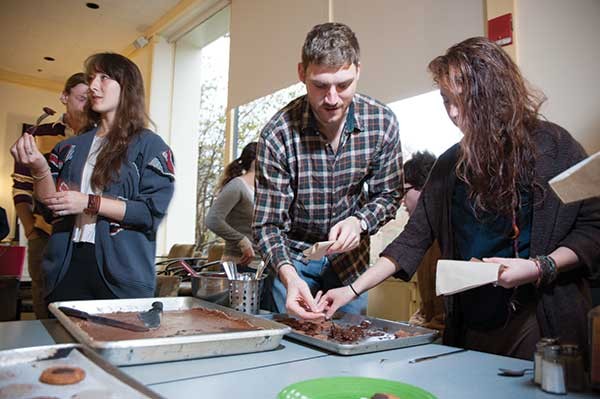
The students experimented by cooking green beans in plain water, water with vinegar added, and water with baking soda. The beans cooked with bicarbonate remained green, whereas "with vinegar, protons displace the magnesium in chlorophyll, making pheophytin, which has an army green color." Bicarbonate prevents this from happening, keeping boiled or steamed greens vivid and appealing. But cook them too long, Jemiolo warns, and the alkaline water will react with the pectin in the vegetables, which is acidic, and they'll stay green but become limp and mushy. Rossi, also on the subject of pectin, illustrates another example where traditional recipes reveal an intuitive (and frugal) understanding of science: "Lots of jam recipes call for adding some lemon peel and pith, which has a lot of pectin, so you don't have to buy any."







